Growing Clematis - Tips For Care Of Clematis
Clematis is a long, vining plant that thrives in full sun, as long as its roots are kept cool and moist.

Clematis vines are among the most popular and attractive flowers in the garden. These plants include woody, deciduous vines as well as herbaceous and evergreen varieties.
They also vary greatly among species, with different flowering forms, colors, and blooming seasons, though most bloom sometime between early spring and fall.
While growing clematis successfully depends on the type chosen, most plants share the same basic requirements. Keep reading to learn more about clematis care.
Quick Facts About Clematis Flowers
- Botanical name - Clematis spp.
- Height - 3-12 ft. (0.9-3.6 m)
- Spread - 3-20 ft. (0.9-6 m)
- Sun exposure - Full Sun
- Soil requirements - Neutral
- Hardiness zones - USDA Zones 4-9
- When to plant - Spring, Fall
How to Grow Clematis

There are approximately 300 species of plant in the Clematis genus. Though only a small number of these clematis vines are used in the home landscape, understanding how to grow these beautiful flowers can be confusing. Fortunately, caring for clematis is relatively simple, once growers have a better understanding of each type of plant within their garden.
Sun
Clematis have long been said to prefer their “heads in the sun” and “feet in the shade.” To grow their best, most vines will need at least six hours of sunlight each day. Though some species may prove to be more adaptable than others, making certain that plants receive the proper amount of sunlight will be essential to the production of flowers.
Despite their tolerance for heat, clematis vines may require afternoon shade when grown in warmer regions. In addition to helping to maintain soil moisture, the application of mulch may be especially useful in keeping the plant’s root system cool throughout the summer.
Another easy way to accomplish this is by planting some type of ground cover or shallow-rooted perennial plants around the base of the plants, shielding the roots from the sun.
Gardening tips, videos, info and more delivered right to your inbox!
Sign up for the Gardening Know How newsletter today and receive a free copy of our e-book "How to Grow Delicious Tomatoes".
Water
At planting, clematis should be watered well. Consistent moisture levels will be essential to the development of a healthy, robust root system. Once established, clematis flowers will require at least 1 inch (2.5 cm) of water each week. Keeping a rain gauge in the garden can help to monitor moisture levels in flower beds. While many growers will receive ample rainfall, supplemental irrigation may be required in especially warm regions, or during extended periods of drought.
Soil
Clematis vines prefer well-drained soil that is kept consistently moist. The ideal soil is ever so slightly acidic, with a pH of 6.5 - 7.0.
Fertilizer
Clematis will benefit from the application of a well-balanced fertilizer at planting time. In most instances, the vines will not require additional fertilization. Still, many gardeners may choose to feed their plants annually. This is usually done early in the spring, before the formation of flower buds.
Trellising
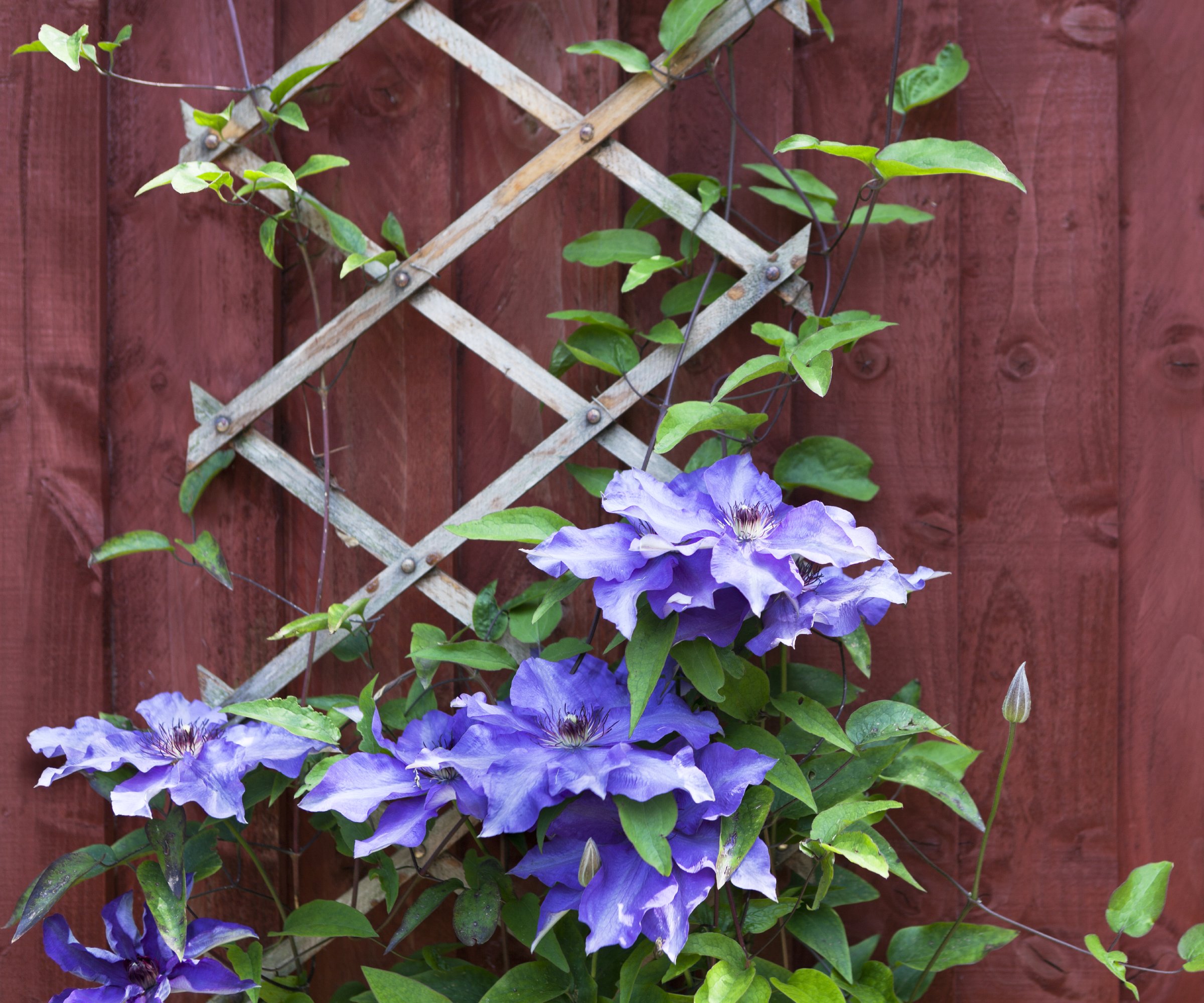
Since they're vines, clematis plants require some kind of support to guide their growth. The type of support system is usually dependent on the variety grown. For instance, poles are acceptable choices for smaller growing clematis vines, which can range anywhere from 2 to 5 feet (0.6-1.5 m) in height.
Arbors may be more suitable for growing larger types, which can get 8 to 12 feet (2-4 m). Most varieties of clematis, however, do quite well growing along a trellis or fence.
Pruning
The clematis pruning process can vary greatly from one type of plant to another. Arranged into groups, each clematis in the garden may require a different approach to pruning. Learning more about each variety will be paramount in making certain that growers are able to provide the appropriate care for their clematis vines.
- Group One - Group one consists of clematis that begin blooming in early spring. These vines will produce flower buds on old growth. Pruning of group one clematis should be done in summer, immediately after the plants have ceased blooming.
- Group Two - Many clematis within group two will flower on both new and old wood. It is generally best to prune these vines in late winter or very early spring. At this time, gardeners should remove any stems which have been damaged or have died back during the colder months.
- Group Three - Group three clematis will bloom on new growth. These vines can be pruned aggressively, and allow for gardeners to trim each stem back within several inches of the ground. Growers should expect these clematis to flower throughout summer, often continuing until the arrival of cooler temperatures.
Problems
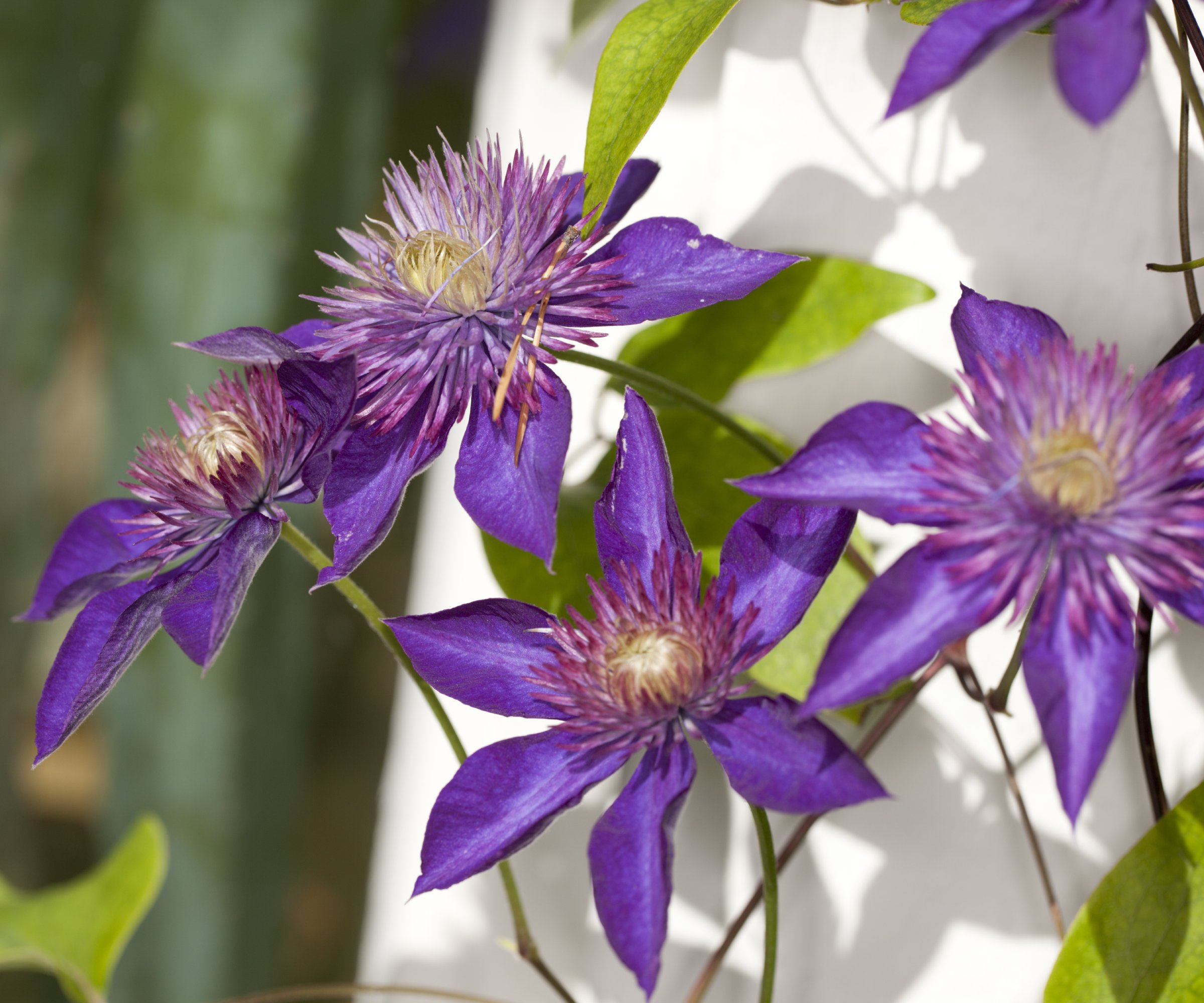
Clematis are prone to several types of foliar disease. Among the most troubling of these diseases is clematis wilt. Though observant gardeners may notice subtle changes in the appearance of plants, sudden blackening of foliage and stems, followed by collapse of diseased vines, is not uncommon. The prompt removal of infected plants will be key in the control and prevention of the disease.
Other problematic infections within the garden include various types of rot, leaf spot, and powdery mildew, especially in cases of poor air circulation. Fortunately, most of these issues can be controlled by gardeners and seldom lead to the loss of vines.
Pests like aphids and spider mites can be a problem as well.
Clematis Planting Info
Although many clematis vines are grown in containers, they can also be planted in the garden. They are usually planted in fall or early spring, depending on the region and variety.
Clematis plants need plenty of space for adequate air flow as well as a rich, well-draining planting area. You should dig the hole large enough to accommodate the plant, with most recommendations suggesting at least a 2 foot (61 cm.) depth of soil amended with compost prior to planting. It may also help to cut the plant back some before planting to lessen shock as it adapts to its new environment.
Tips for Clematis Care
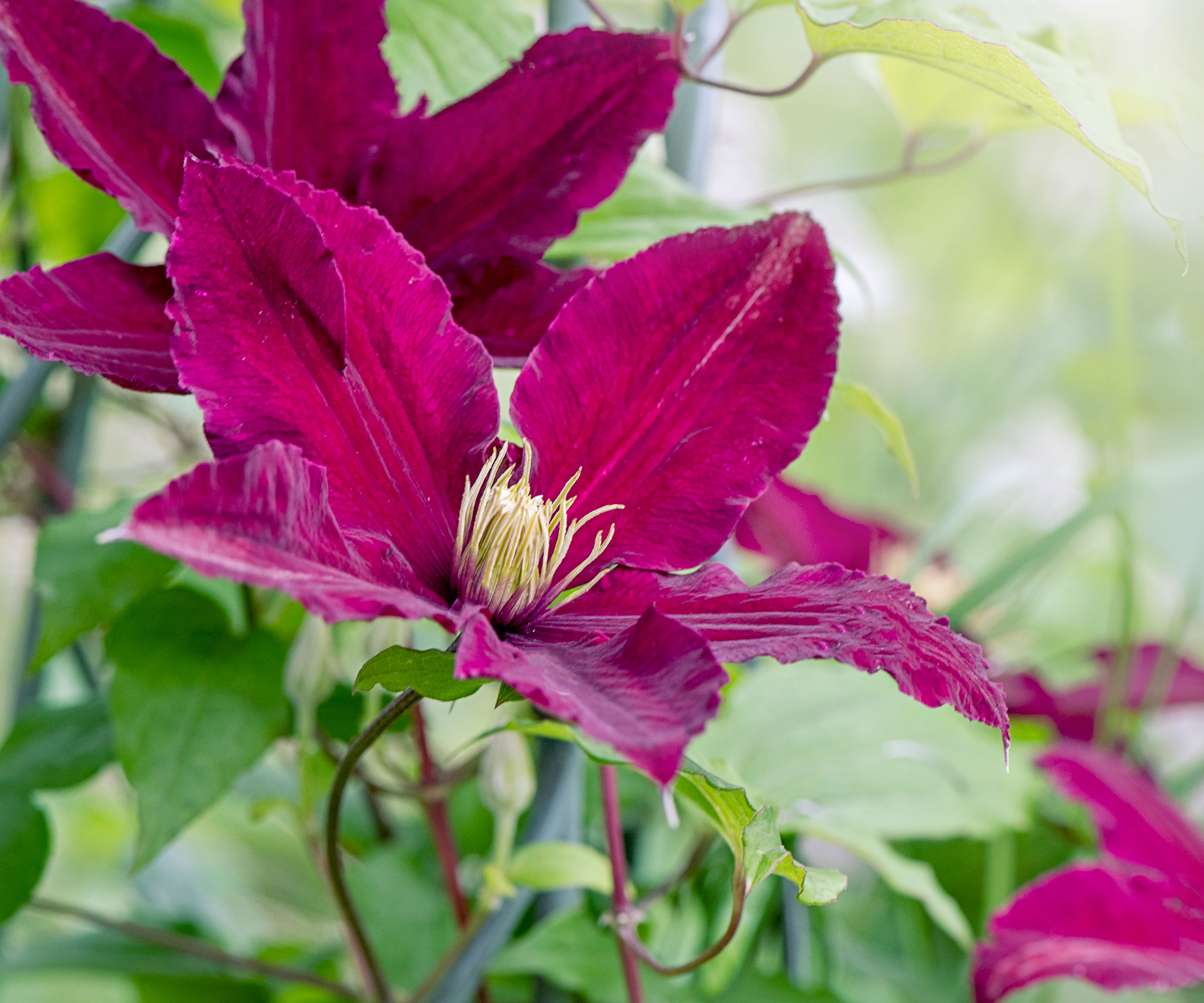
Once established, care of clematis vines is minimal with the exception of watering. They should be watered about an inch (2.5 cm) or so weekly, and more deeply during dry spells. Mulch should be replenished each spring.
Popular Clematis Varieties
- "Boulevard" Series Clematis
- "Duchess of Edinburgh" Clematis
- "Kilian Donahue" Clematis
- "Nelly Moser" Clematis

Nikki Tilley has been gardening for nearly three decades. The former Senior Editor and Archivist of Gardening Know How, Nikki has also authored six gardening books.
- Amy DraissDigital Community Manager
- Tonya BarnettWriter
-
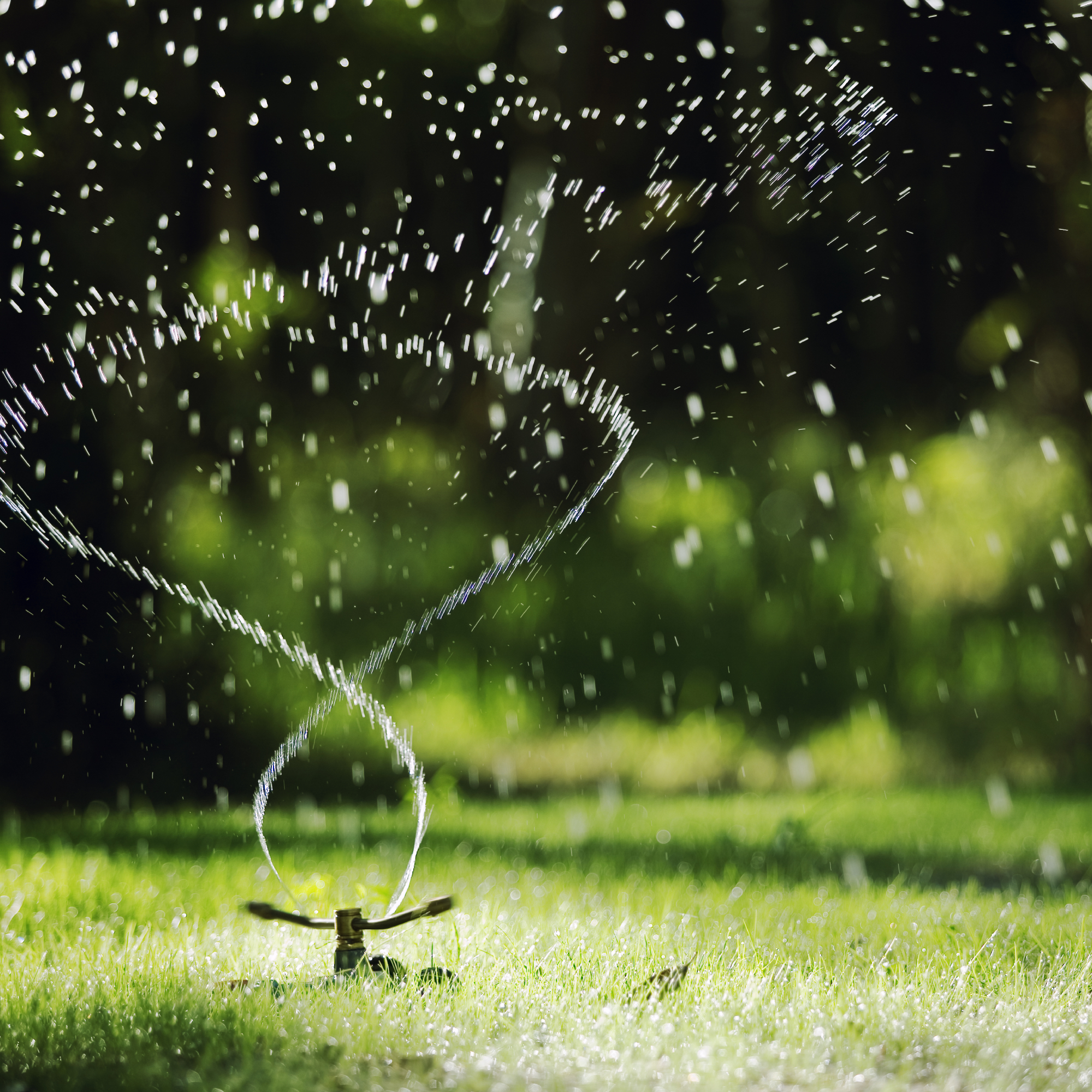 Here’s The Best Time To Water Grass For A Lush Lawn, According To Experts
Here’s The Best Time To Water Grass For A Lush Lawn, According To ExpertsUnderstanding the best time to water grass is important to the health of your lawn. Watering at the wrong time can lead to disease or heat-stressed grass.
-
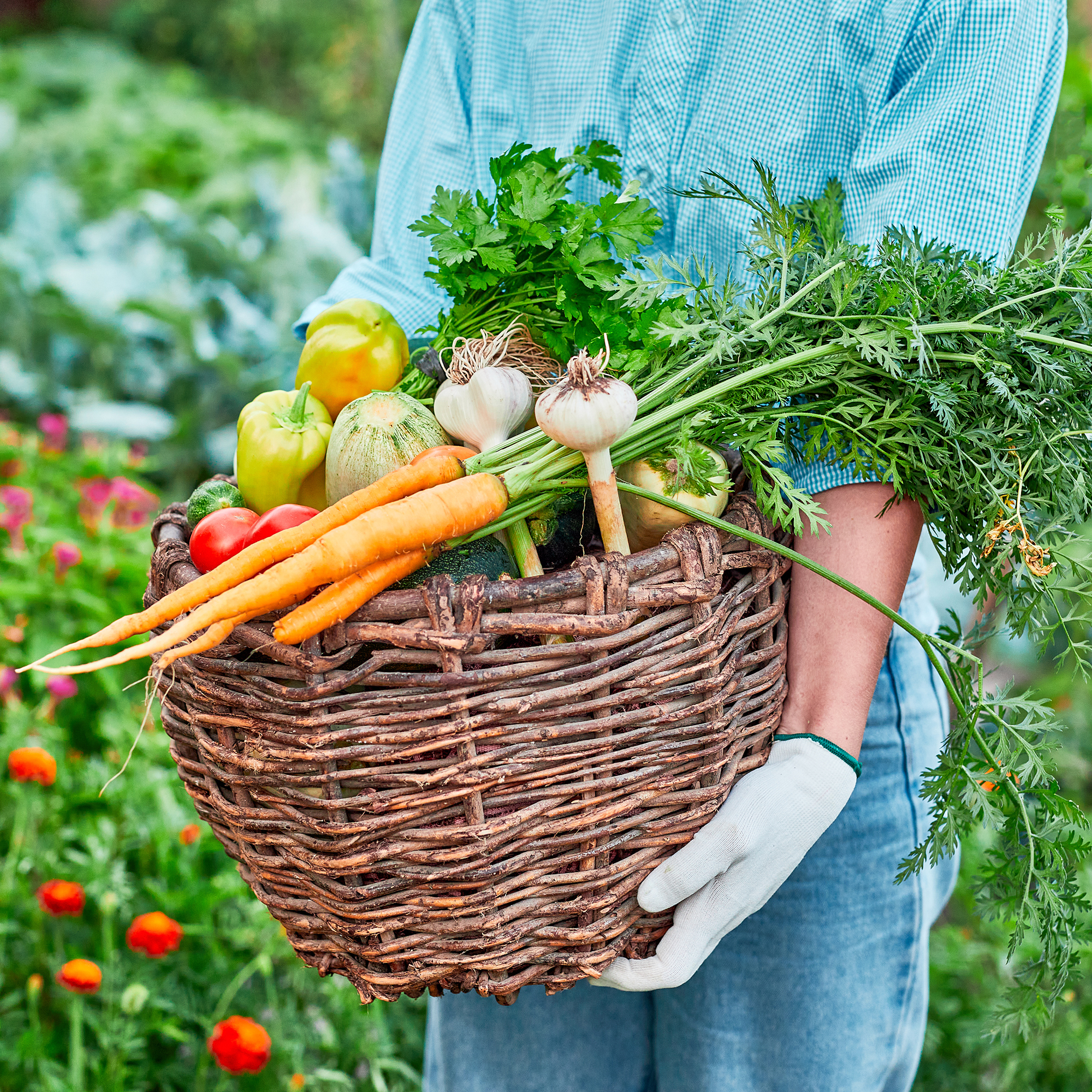 8 Vegetables You Can Still Plant In June For A Late Summer And Fall Harvest
8 Vegetables You Can Still Plant In June For A Late Summer And Fall HarvestPlanting time for high summer harvests has passed, but there are still many vegetables you can plant in your garden in June, for organic produce well into fall.
-
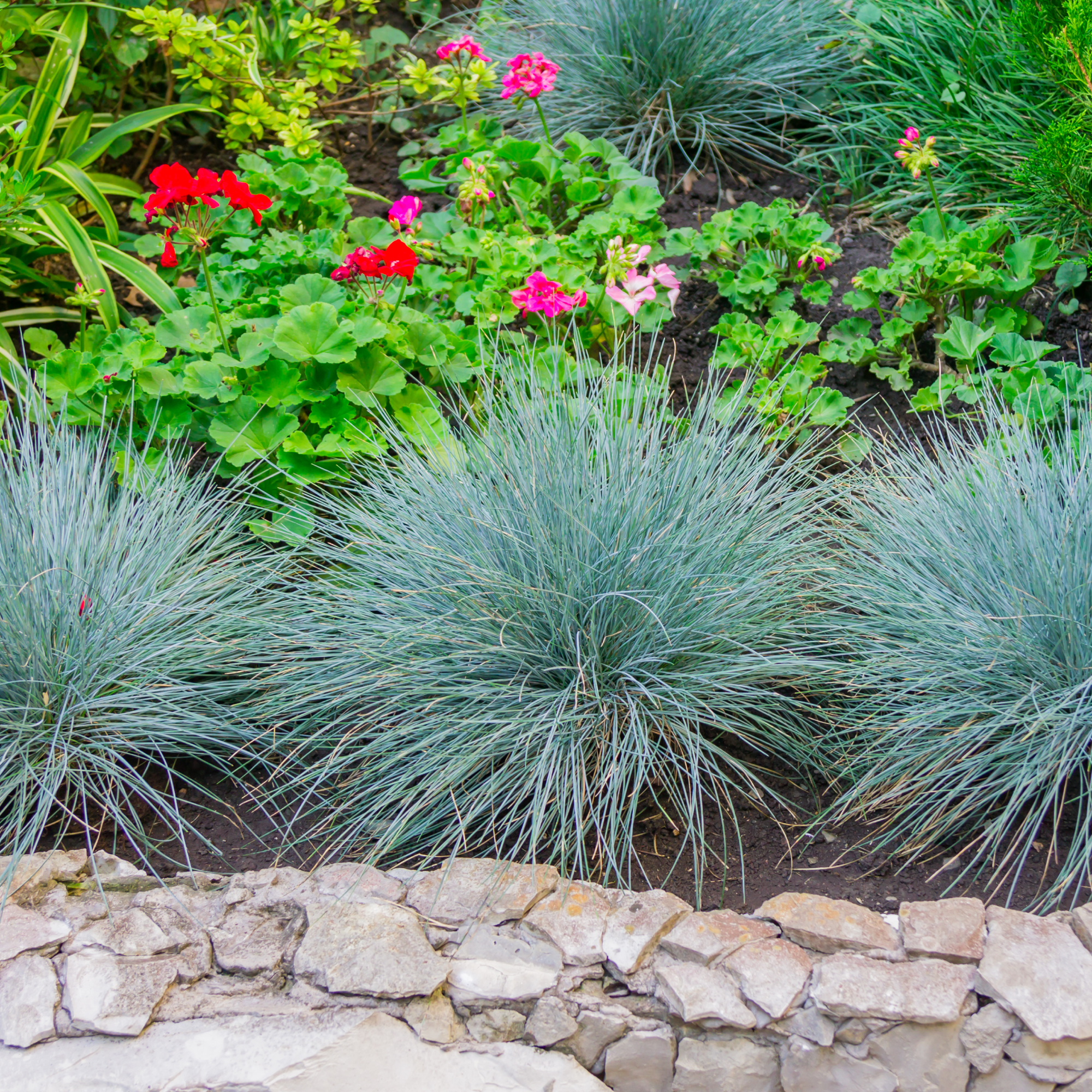 6 Blue Ornamental Grasses That Will Wow Your Neighbors And Add A Unique Touch To Your Landscape
6 Blue Ornamental Grasses That Will Wow Your Neighbors And Add A Unique Touch To Your LandscapeChoosing a blue ornamental grass can dress up borders and yards with striking color that changes with the seasons.
-
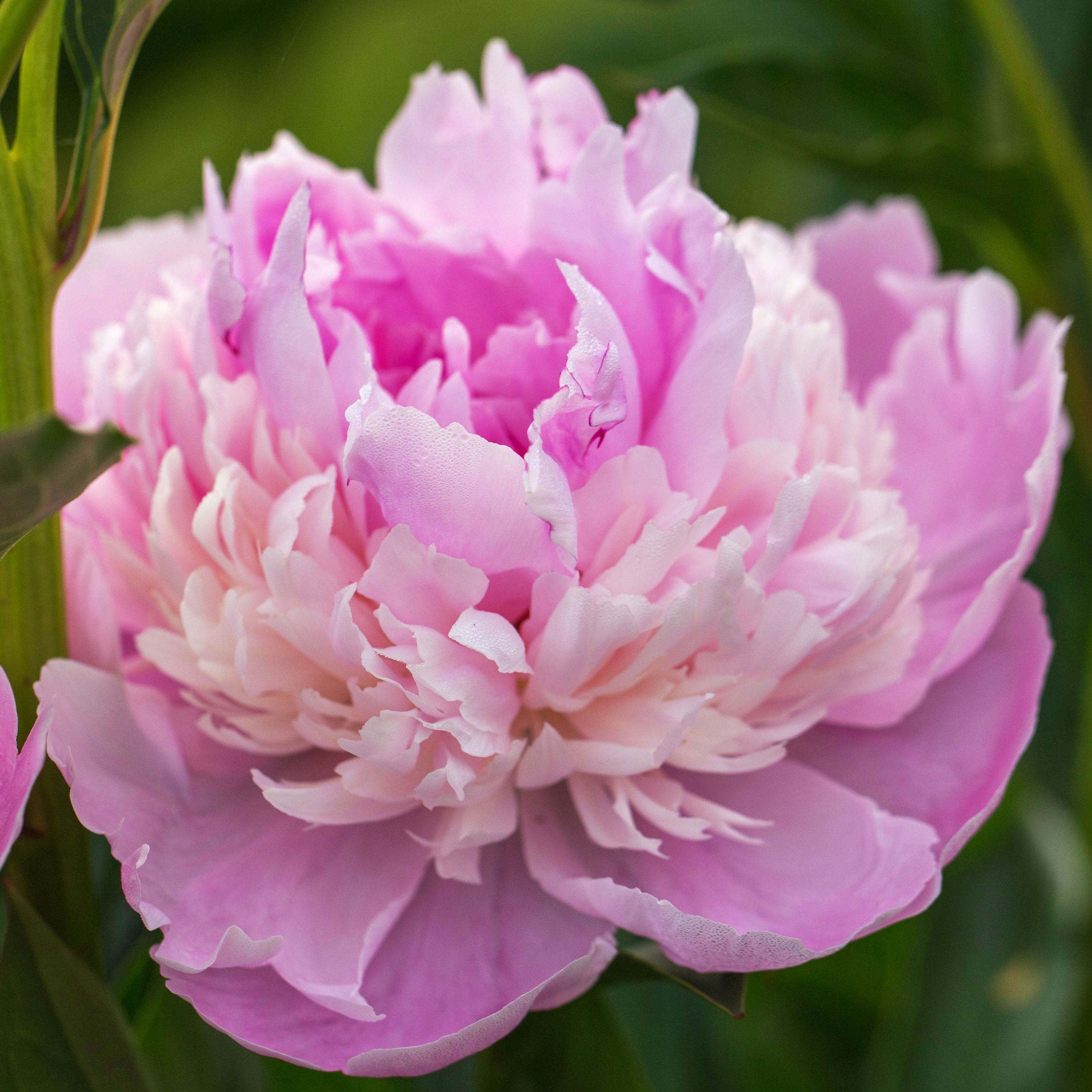 How To Grow A Sorbet Peony For Fluffy Pink Double Blooms With Unique Frills
How To Grow A Sorbet Peony For Fluffy Pink Double Blooms With Unique FrillsFor pink peonies with a unique edge, the Sorbet peony is a super-frilly bloomer with marshmallow and cream colored petals. Here’s how to grow this dynamic cultivar
-
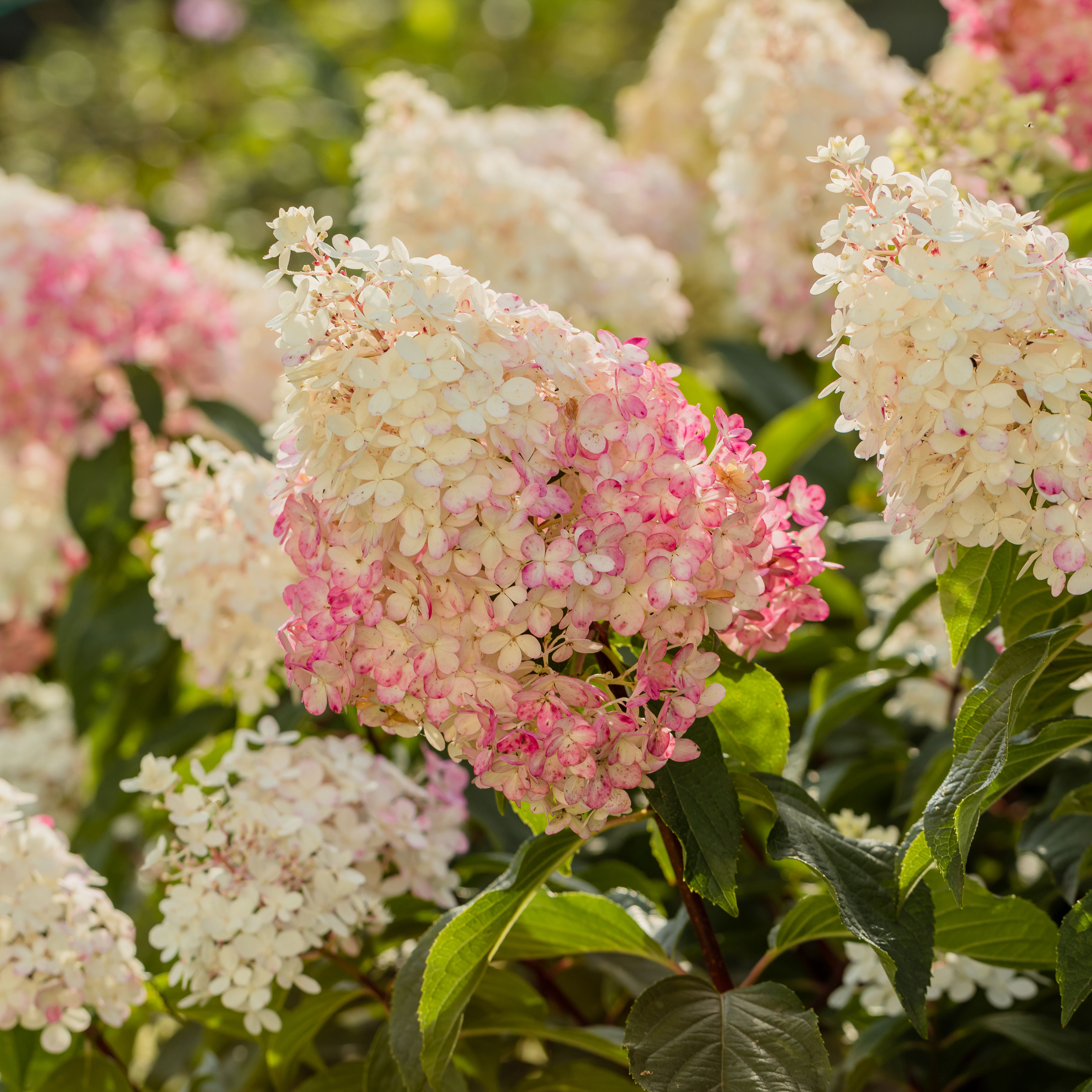 Grow Vanilla Strawberry Hydrangea Shrubs: Try Vanille Fraise Hydrangeas For Sweet Blooms Every Summer
Grow Vanilla Strawberry Hydrangea Shrubs: Try Vanille Fraise Hydrangeas For Sweet Blooms Every SummerFor a dreamy shrub that brings soft color variations and long lasting visual interest, grow a Vanilla Strawberry hydrangea. Here’s how to care for Vanille Fraise shrubs
-
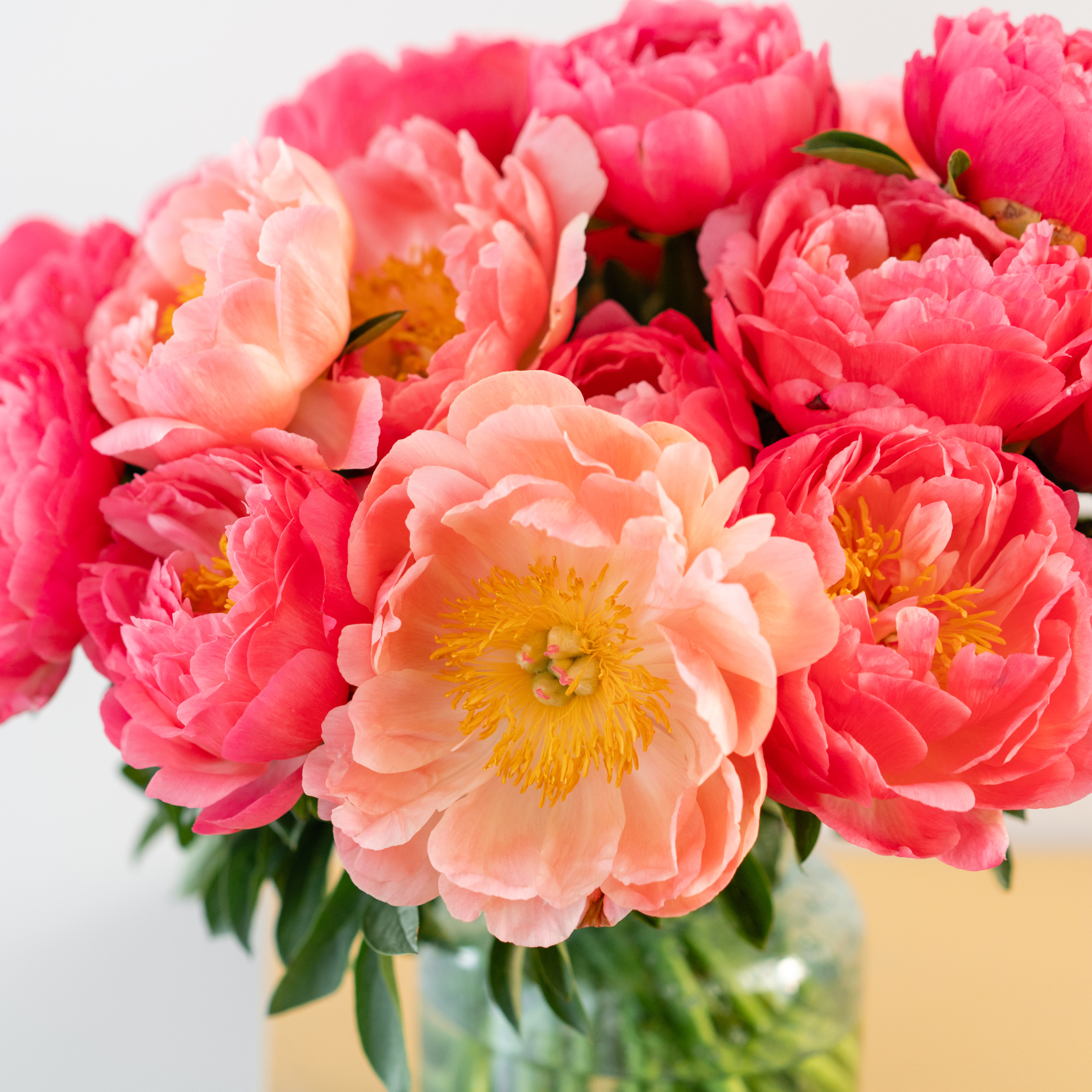 Coral Sunset Peony: Your Complete Guide To This Beautiful Color-Changing Hybrid
Coral Sunset Peony: Your Complete Guide To This Beautiful Color-Changing HybridThe coral sunset peony is a gorgeous addition to any garden. This beauty has double blooms that undergo an amazing color change as they age.
-
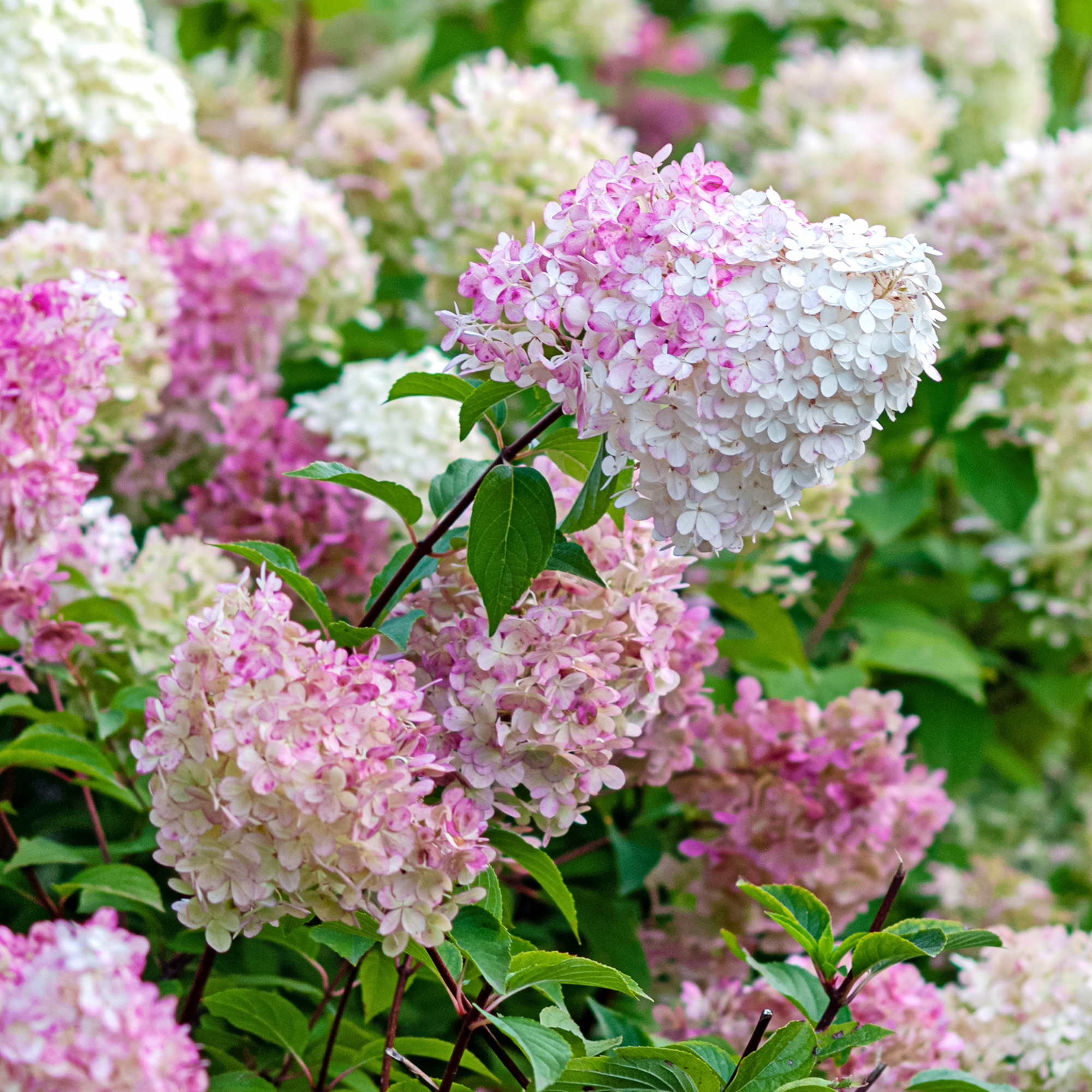 How To Grow Panicle Hydrangeas For Gorgeous, Low-Maintenance Blooms All Summer Long – Plus, Top Cultivars To Try
How To Grow Panicle Hydrangeas For Gorgeous, Low-Maintenance Blooms All Summer Long – Plus, Top Cultivars To TryPanicle hydrangeas are the ultimate low-maintenance shrubs! These beauties bloom all summer and all it takes is a little care. Here's how to help them thrive.
-
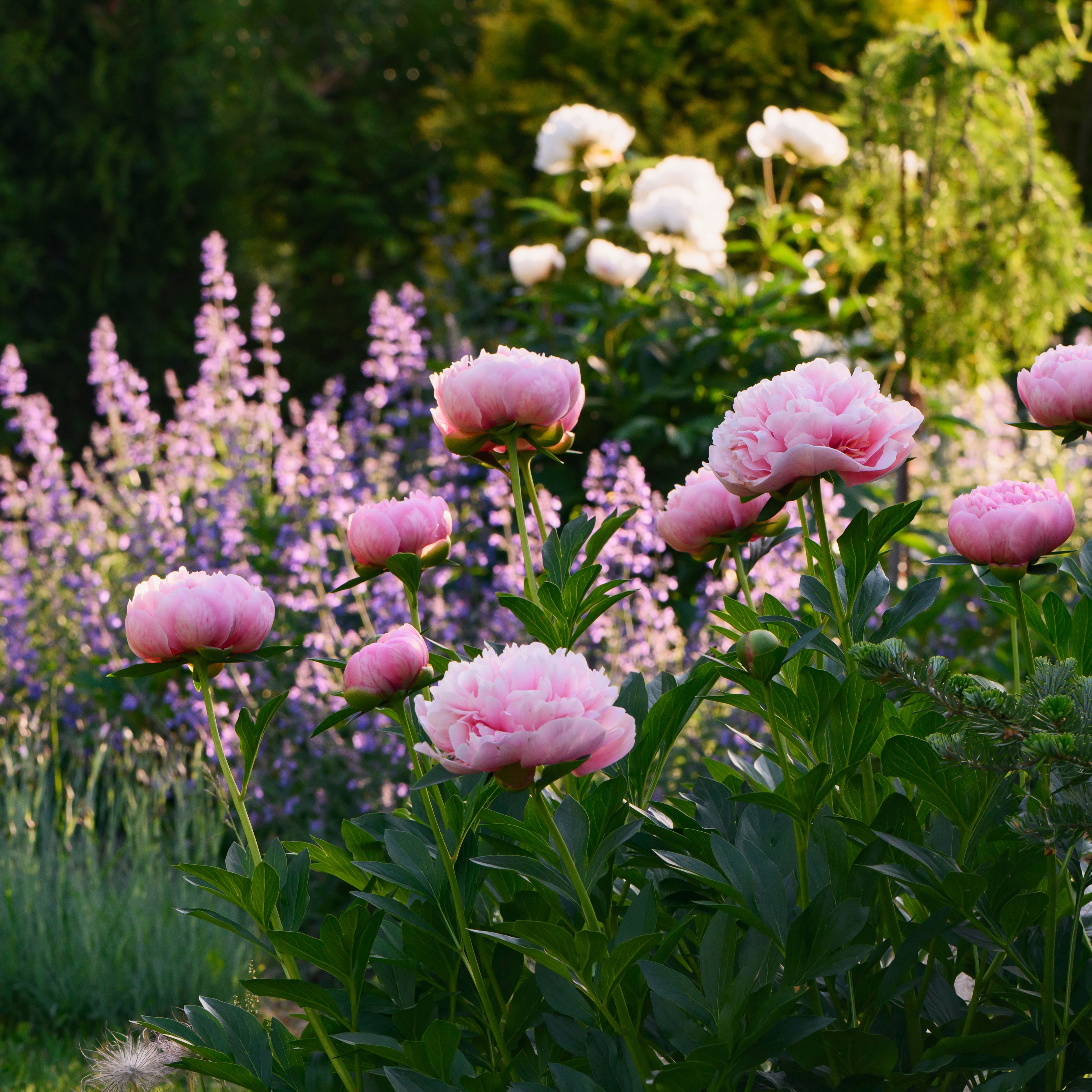 Grow The Peony Dream Team: 9 Peony Companion Plants For Style And Color
Grow The Peony Dream Team: 9 Peony Companion Plants For Style And ColorAs gorgeous as peonies are, they look even better when grown alongside the right ornamentals. Here are 9 peony companion plants to enhance your blooming shrubs
-
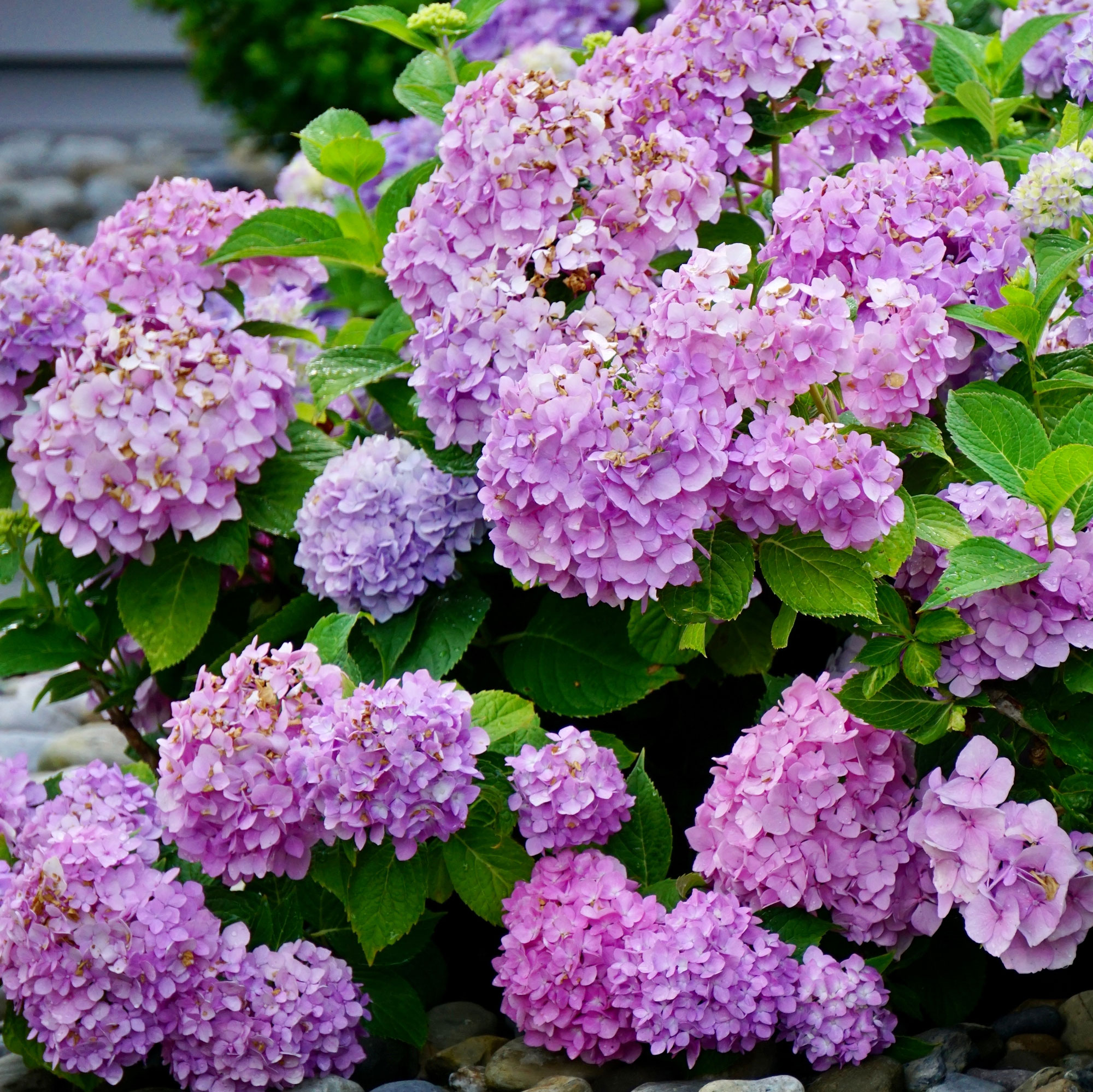 Grow These Eye-Popping Purple Hydrangea Varieties For A Lively On-Trend Tonal Treat
Grow These Eye-Popping Purple Hydrangea Varieties For A Lively On-Trend Tonal TreatFrom subtle indigo to rich violets, a purple hydrangea captures the imagination and adds elegance and verve to borders. Here are some of the finest purple bloomers
-
 How To Grow A Kansas Peony For Sublime Magenta Double Blooms And Enduring Fragrance
How To Grow A Kansas Peony For Sublime Magenta Double Blooms And Enduring FragranceGrowing Kansas peonies will add gorgeous color and fragrance to your garden. Their deep color and lush blooms are sure to make your neighbors jealous!